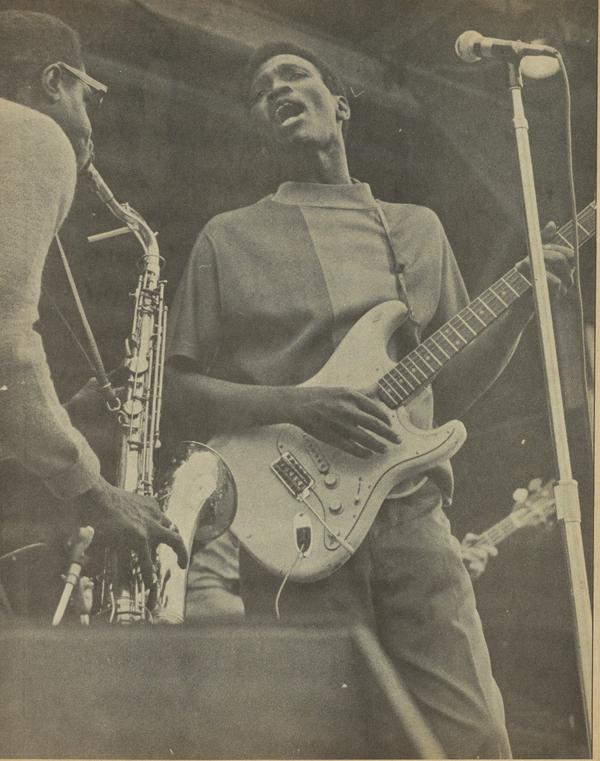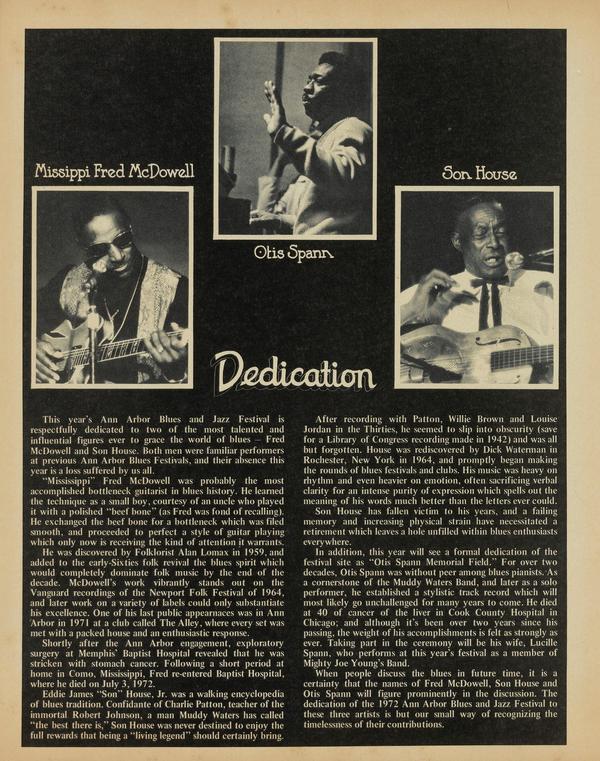The Shape of Jazz Today
To really get at the state of jazz in 1972, we have to start by getting rid of “jazz.”


To really get at the state of jazz in 1972, we have to start by getting rid of “jazz.” “Jazz” is merely an old term which, though many of us still feel affection for it, is useful mostly as a catchall to describe incredibly diverse strains of music, and has begun to approach its total obsolesence as what has been traditionally been called jazz finds watershed blends with music of all types. The result, however, is not the dilution or erosion of the core of the jazz feel,, but the emergence of a new, cross-generic music of infinite freedom.
Rock is the “outside influence,” as it were, which has changed the face of jazz the most. All of the most innovative and influential jazzmen and bands have been strongly influenced by rock, if they haven’t come to jazz directly from rock bands and rock culture. Miles Davis’ recent music, the work of the Tony Williams Lifetime and then John McLaughlin’s incredible Mahavishnu Orchestra, Gato Barbieri’s searing cry, even the strong comebacks of Ornette Coleman and Charles Mingus — all have looked around them, taken elements from all musics, and created something new and vibrant and pure.







